Trump Admin. Kills Support for NYC Congestion Pricing: What It Means for You
The toll program enacted in January charges commuters $9 if they enter Manhattan’s lower district during peak hours.
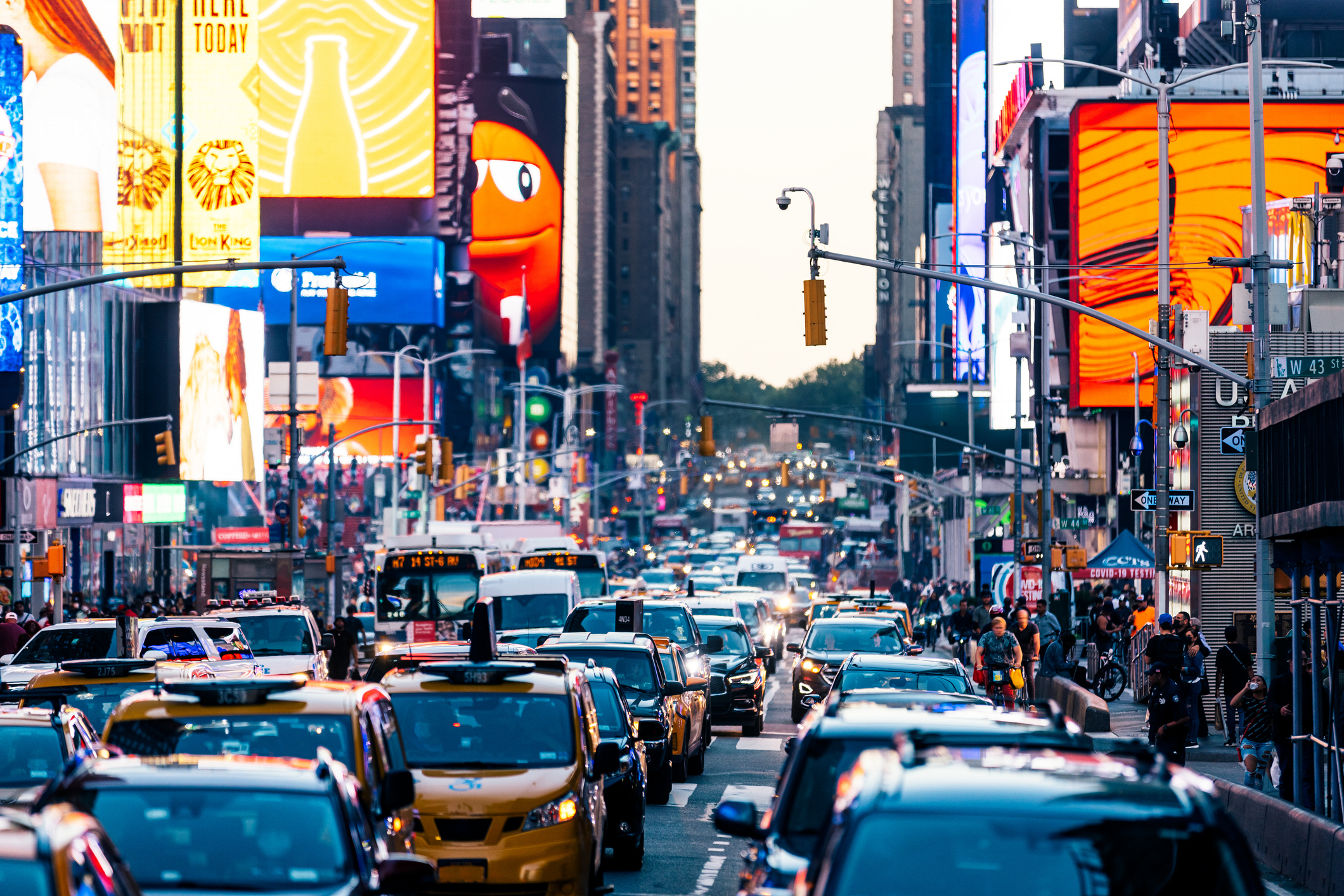

President Donald Trump clawed back federal support for New York City’s controversial congestion pricing toll program, driving the city’s funding agenda for its mass transit system into doubt.
As Kiplinger reported, the program was implemented last month and charges commuters a new toll of $9 to enter Manhattan’s Central Business District south of 60th Street. Overall, it was projected to provide $15 billion in funding for the city’s transit system and alleviate congestion.
The U.S. Department of Transportation withdrew its approval for the program on Feb. 19, informing NY Gov. Kathy Hochul of the decision in a letter penned by the newly minted DOT Secretary Sean Duffy.

Sign up for Kiplinger’s Free E-Newsletters
Profit and prosper with the best of expert advice on investing, taxes, retirement, personal finance and more - straight to your e-mail.
Profit and prosper with the best of expert advice - straight to your e-mail.
In the released statement, Duffy characterized the congestion program as a “slap in the face to working-class Americans and small business owners” as the daily tolls place an additional financial burden on commuters.
“I do not believe that this is a fair deal,” added Duffy.
The congestion pricing program was approved in November under the Biden administration. It kicked off on Jan. 5, 2025, despite facing opposition and multiple lawsuits—including one from neighboring New Jersey Gov. Phil Murphy.
Trump boasted about his decision to roll back the toll in a Truth Social post.
“CONGESTION PRICING IS DEAD," wrote President Trump. "Manhattan, and all of New York, is SAVED. LONG LIVE THE KING!”
In response, Hochul released a statement. indicating that New York's Metropolitan Transit System (MTA) was prepared to contest his decision.
“We are a nation of laws, not ruled by a king. The MTA has initiated legal proceedings in the Southern District of New York to preserve this critical program," Hochul said. "We’ll see you in court.”
The dispute is raising questions not just about congestion pricing but also about federal intervention in state affairs. What does this mean for commuters into NYC?
New York's congestion pricing goes to court
New York’s MTA chair and CEO Janno Lieber said the agency filed legal proceedings in federal court in response to DOT’s letter.
Lieber noted that the program has so far “dramatically reduced congestion” and that it would continue notwithstanding the federal government’s “baseless effort” to roll back the benefits from mass transit users in Manhattan’s lower district.
“It’s mystifying that after four years and 4,000 pages of federally-supervised environmental review and barely three months after giving final approval to the Congestion Relief Program - USDOT would seek to reverse course,” Lieber said in a press statement.
It is important to note that the Trump administration's intervention is igniting debate about states' rights and federal overreach.
One argument is that the federal government can't control a state-managed traffic system and that doing so infringes on state sovereignty. That concern will likely be central to upcoming legal challenges.
Is congestion pricing working?
Although congestion pricing was enacted in early January, early data revealed that congestion levels have lowered. Some drivers have been entering the congestion zone before 5 a.m., to avoid the peak period toll of $9.
- About 2,300 vehicles entered the city during each 10-minute window from 4:40 a.m. to 5:00 a.m.
- That volume dropped to about 1,800 vehicles from 5:00 a.m. to 5:20 a.m.
As reported by Kiplinger, those commuting during MTA’s peak hours (5 a.m. to 9 p.m. on weekdays and 9 a.m. to 9 p.m. on weekends) face higher tolls.
Meanwhile, overnight tolls are 75% cheaper. Those tolls can be as low as $2.25 for normal commuters. Likewise, motorcyclists are charged $6.75 during peak hours and $1.65 overnight.
What’s next for congestion pricing in NYC
Whether the congestion pricing toll program will stick remains to be seen with the Trump administration’s latest push to end the tax.
While congestion pricing would reduce the gridlock in downtown Manhattan, funds drawn from the tolls were slated to expand bus service to outer borough residents, invest in the Long Island Rail Road (LIRR), and improve elevator service for seniors and folks with disabilities.
It also aimed to extend the Second Avenue Subway and build an Interborough express between Brooklyn and Queens.
Without congestion pricing in place, New Yorkers could face higher taxes. The revenue to support the MTA’s improvements has to come from somewhere, and state lawmakers have already cited concerns that congestion pricing wouldn’t be enough.
Stay tuned as this is a developing story that may impact your daily commute in New York.
Related Content:
Get Kiplinger Today newsletter — free
Profit and prosper with the best of Kiplinger's advice on investing, taxes, retirement, personal finance and much more. Delivered daily. Enter your email in the box and click Sign Me Up.

Gabriella Cruz-Martínez is a seasoned finance journalist with 8 years of experience covering consumer debt, economic policy, and tax. Before joining Kiplinger as a tax writer, her in-depth reporting and analysis were featured in Yahoo Finance. She contributed to national dialogues on fiscal responsibility, market trends and economic reforms involving family tax credits, housing accessibility, banking regulations, student loan debt, and inflation.
Gabriella’s work has also appeared in Money Magazine, The Hyde Park Herald, and the Journal Gazette & Times-Courier. As a reporter and journalist, she enjoys writing stories that empower people from diverse backgrounds about their finances no matter their stage in life.
-
 How Many IRS Commissioners Have We Gone Through This Year?
How Many IRS Commissioners Have We Gone Through This Year?IRS Who were the former commissioners, and why did they resign? Find out how IRS turnover can impact your taxes.
By Kate Schubel
-
 Trump Dials Back Most Tariffs but Targets China
Trump Dials Back Most Tariffs but Targets ChinaThe Kiplinger Letter Wall Street hopes that higher tariffs on most countries are on hold for good. But the trade war between the U.S. and China is heating up.
By Jim Patterson
-
 How Many IRS Commissioners Have We Gone Through This Year?
How Many IRS Commissioners Have We Gone Through This Year?IRS Who were the former commissioners, and why did they resign? Find out how IRS turnover can impact your taxes.
By Kate Schubel
-
 Here’s How the Trump Harvard IRS Tax Threat Could Impact You
Here’s How the Trump Harvard IRS Tax Threat Could Impact YouTax Law Trump's latest higher education showdown raises fundamental questions that could reach beyond nonprofit tax status.
By Kelley R. Taylor
-
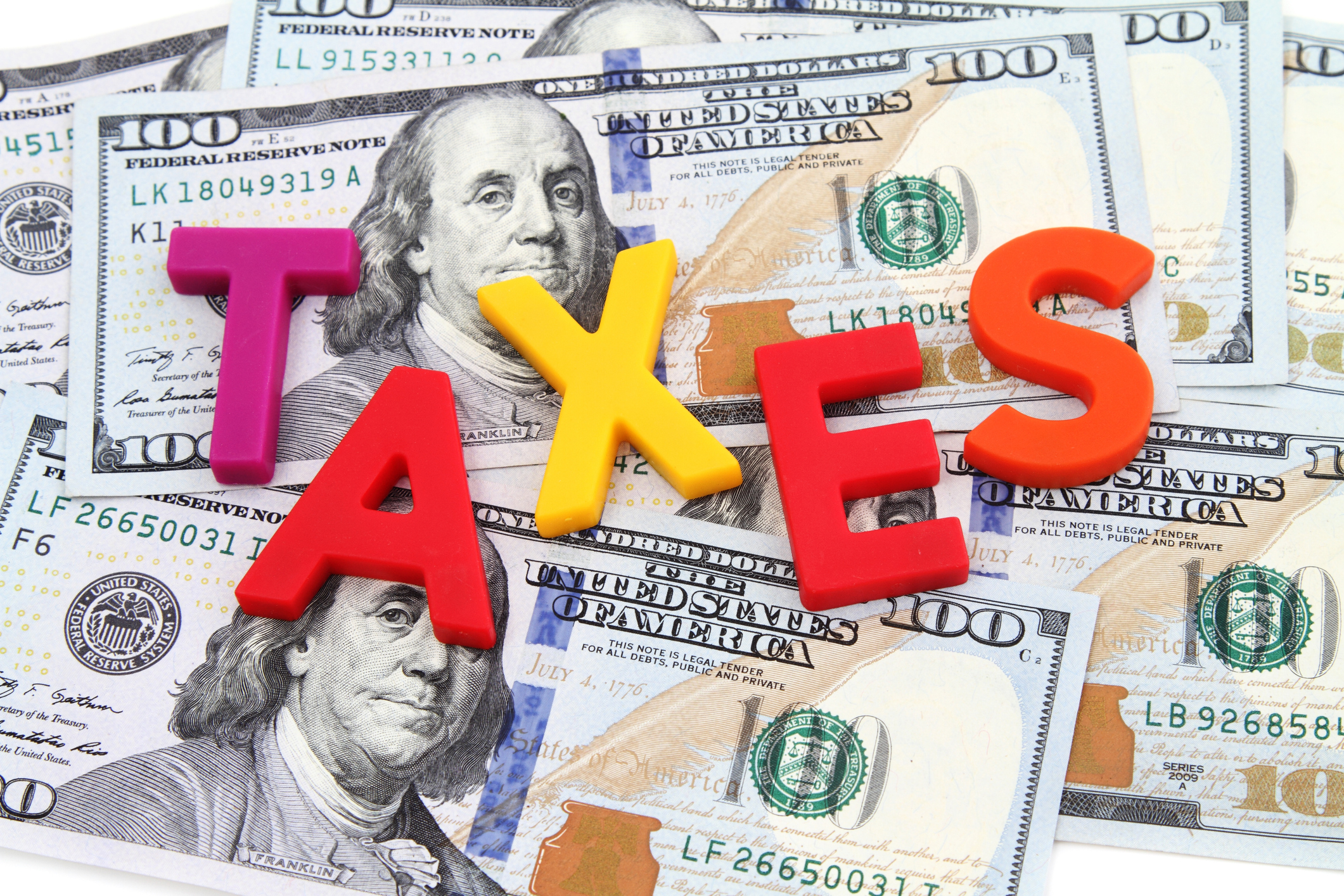 Tax Time: Does Your Kid Influencer Owe Taxes?
Tax Time: Does Your Kid Influencer Owe Taxes?State Tax Some minors are making big money on social media. Here’s how to know if they need to file taxes.
By Gabriella Cruz-Martínez
-
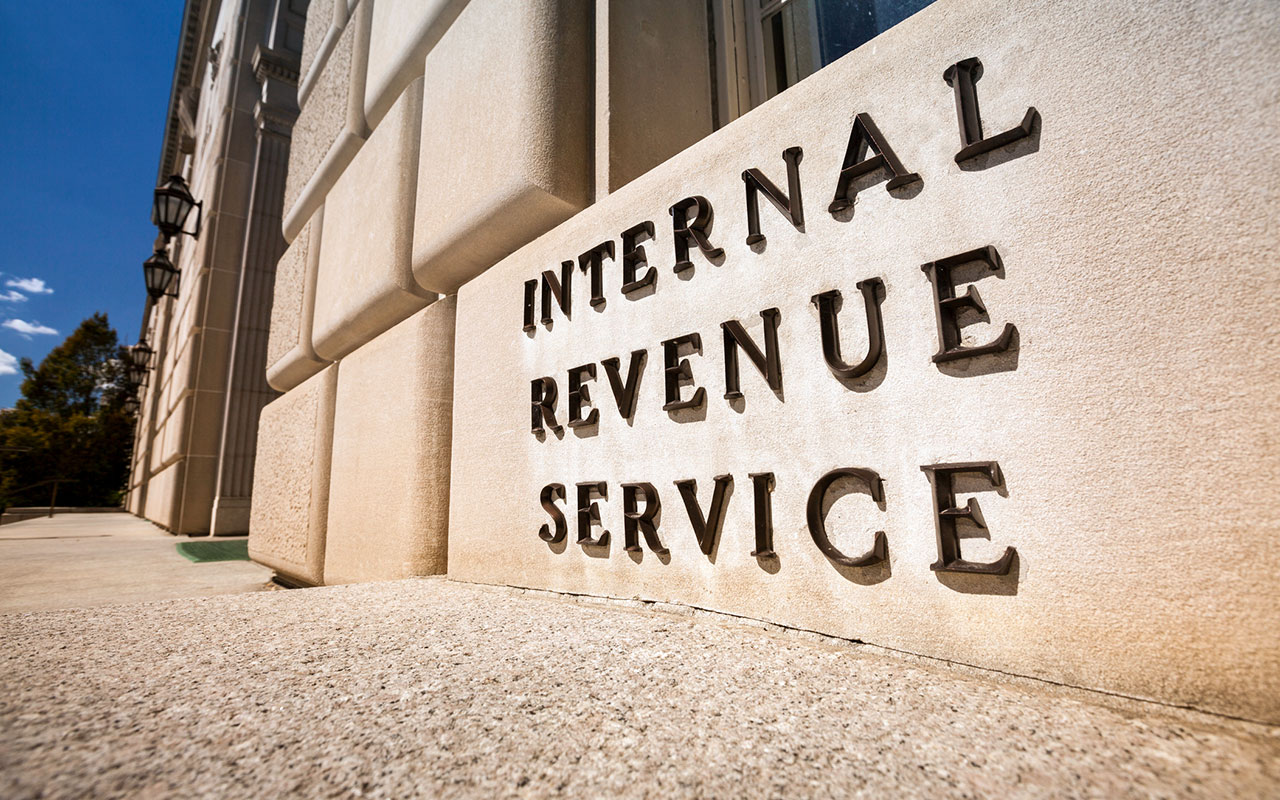 Free IRS Tax Filing for 30 Million People: Will It Continue Under Trump?
Free IRS Tax Filing for 30 Million People: Will It Continue Under Trump?Tax Filing Direct File was piloted last year in 12 states and has since expanded to 25. But some wonder whether the program will last under the Trump administration.
By Gabriella Cruz-Martínez
-
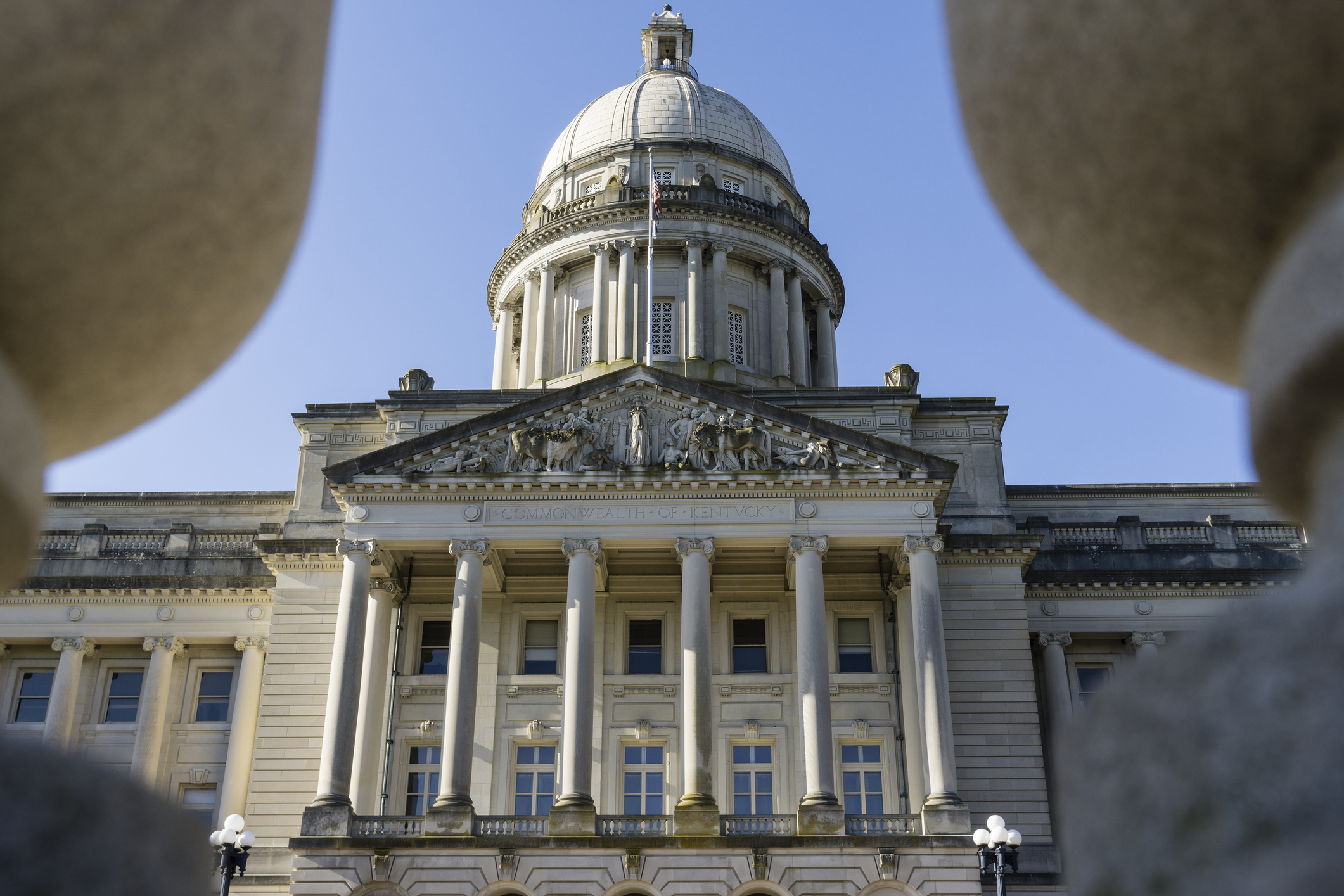 Kentucky Tax Deadline Extension Might Cost You More Money: What to Know
Kentucky Tax Deadline Extension Might Cost You More Money: What to KnowState Taxes Kentucky flooding and storms caused the IRS and state to extend the 2025 tax filing deadline. But should you file later?
By Kate Schubel
-
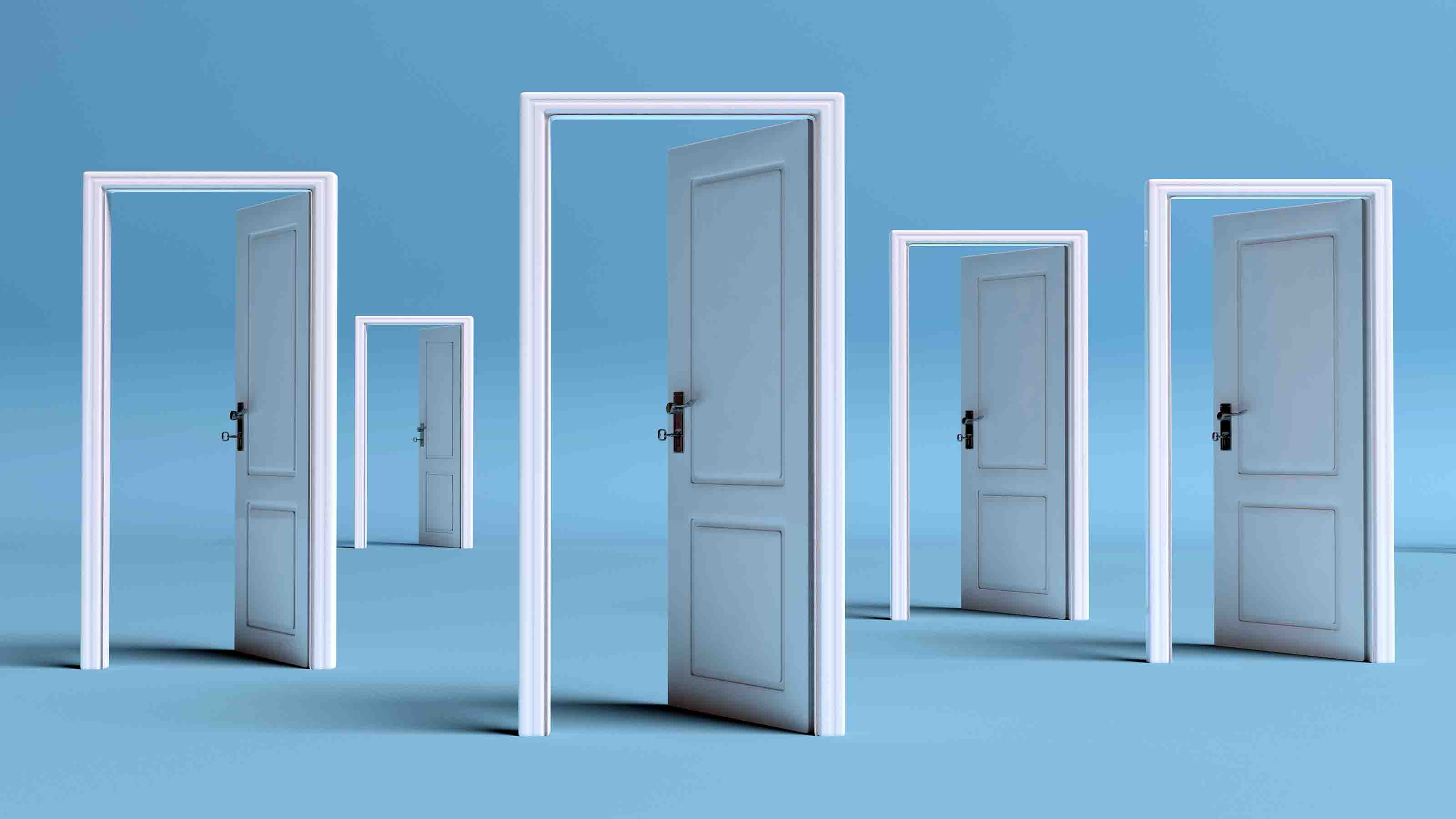 Are You Ready to Pay More Taxes to Save Social Security?
Are You Ready to Pay More Taxes to Save Social Security?Social Security Across party lines, many believe saving Social Security trumps other financial considerations.
By Kelley R. Taylor
-
 Could Your State End Tax on Overtime This Year?
Could Your State End Tax on Overtime This Year?State Taxes Key states are considering ending taxes on overtime — find out if yours makes the cut.
By Kate Schubel
-
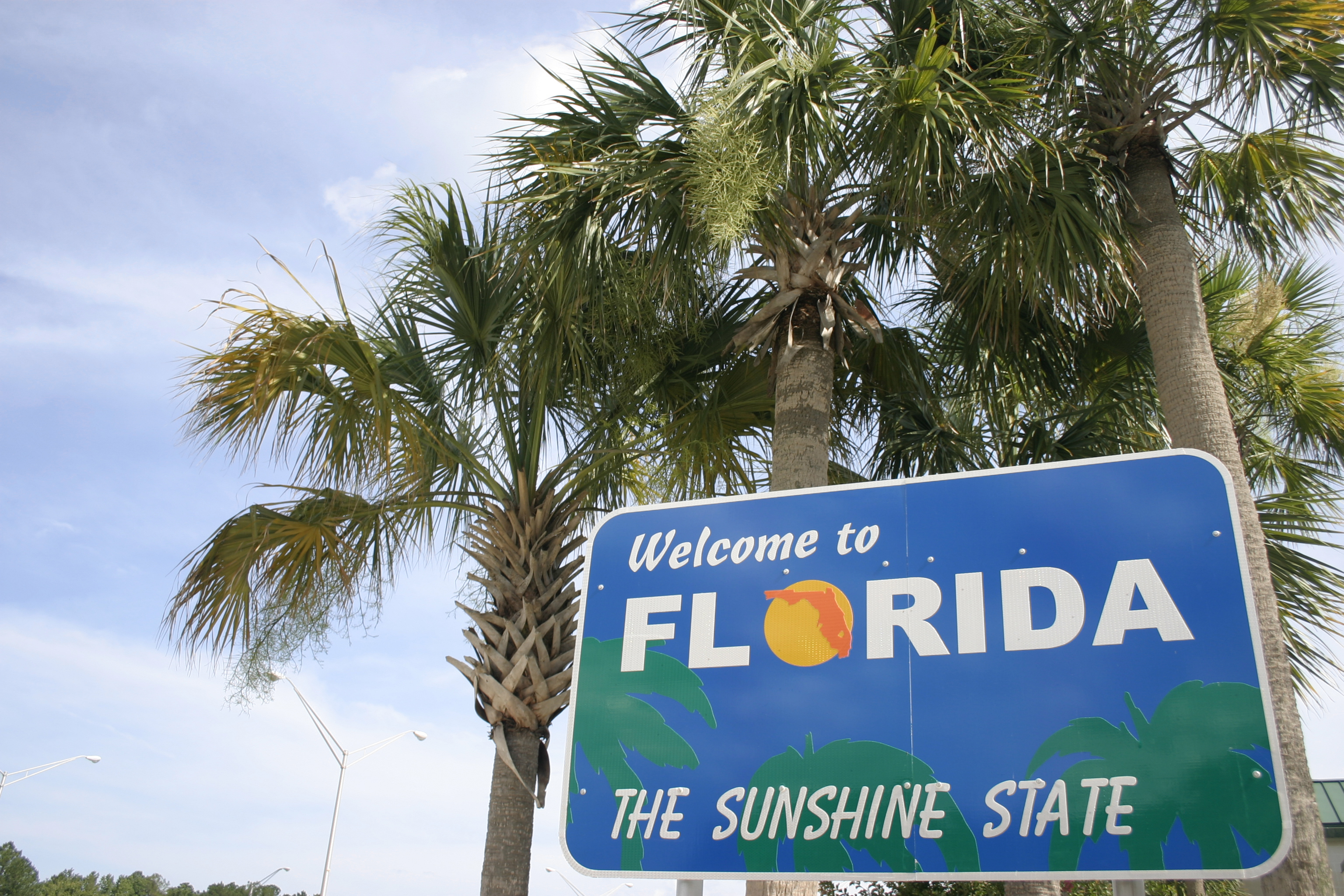 Did Florida’s Chance at $1,000 in Property Tax Rebates Vanish?
Did Florida’s Chance at $1,000 in Property Tax Rebates Vanish?State Taxes The Florida Legislature bypassed Gov. Ron DeSantis’ wish to cut property taxes and instead voted to lower the state’s sales tax.
By Gabriella Cruz-Martínez